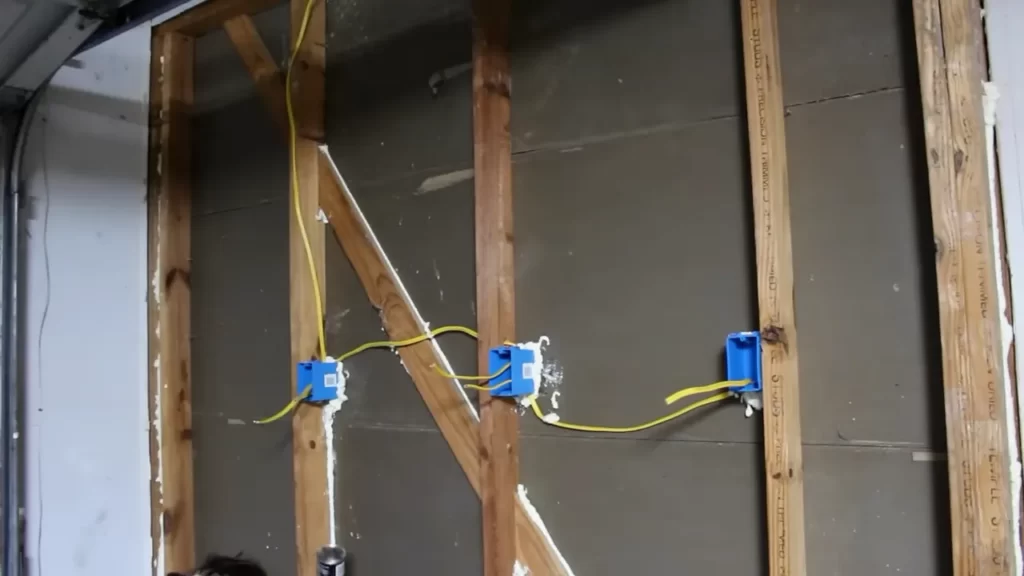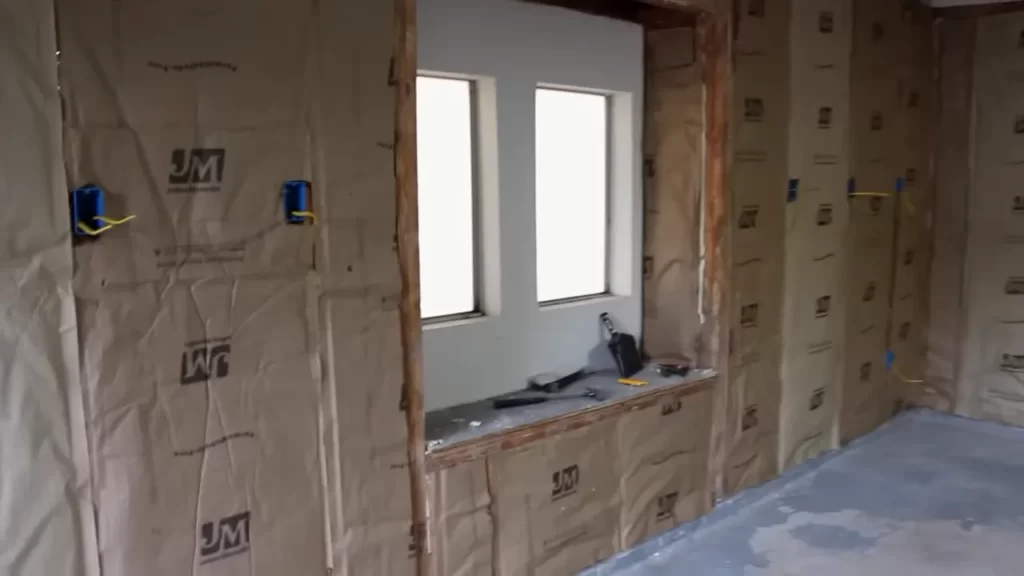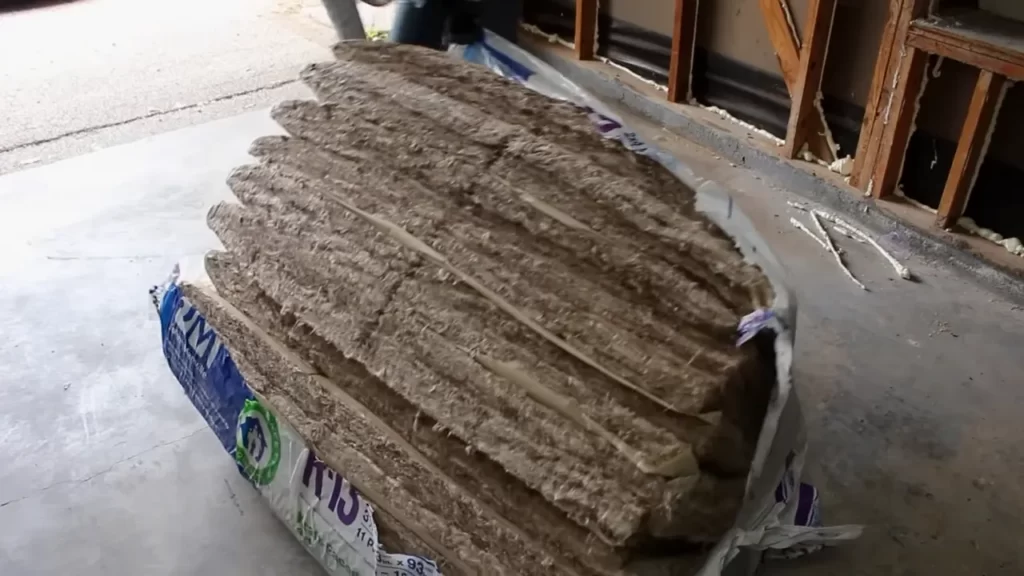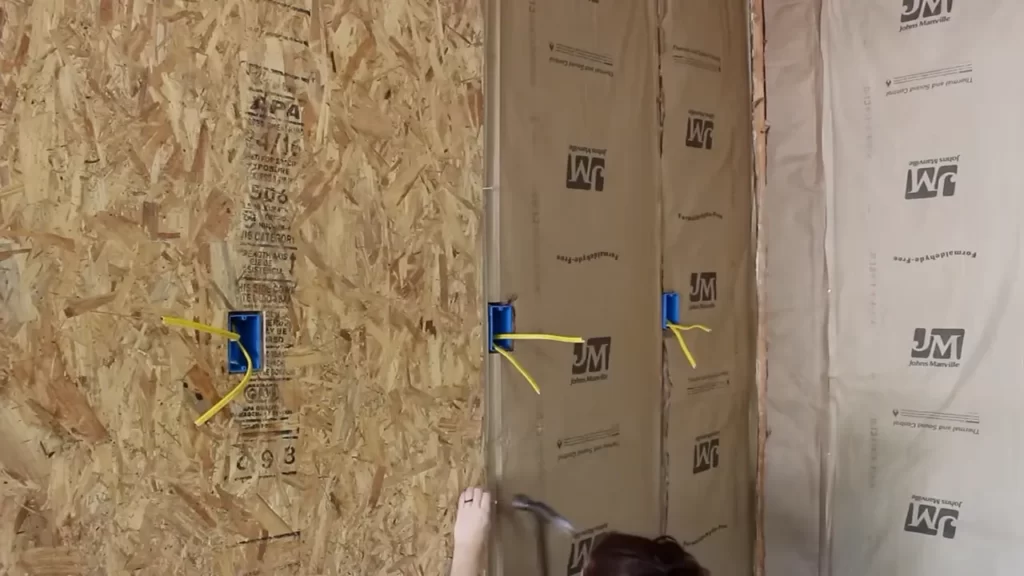To install garage insulation, start by cleaning the walls and removing any existing insulation. Measure and cut the insulation to fit tightly onto the walls, using a utility knife or insulation cutter.
Fit the insulation into place, ensuring it covers the entire wall surface. Secure it with insulation fasteners or adhesive, and then seal any gaps or cracks with caulk or foam insulation. Finally, cover the insulation with a vapor barrier to provide additional protection.

Installing garage insulation can help to regulate temperature and reduce energy costs.
Getting Started With Garage Insulation
Why insulating your garage is important:
Garage insulation is an important step towards maintaining a comfortable and energy-efficient home. Insulating your garage can provide a number of benefits, such as:
- Improved temperature regulation: Garage insulation helps to regulate the temperature within your garage, making it more comfortable throughout the year. It can prevent extreme heat or cold from affecting your garage, which can in turn impact the temperature of adjacent living spaces.
- Reduced energy costs: Insulating your garage can help to reduce energy costs by preventing heat or cold from escaping or entering your home through the garage walls and door. This can reduce the strain on your heating and cooling systems, resulting in lower energy bills.
- Noise reduction: Insulation can also help to reduce noise transfer between the garage and the rest of your home. This is especially beneficial if you use your garage as a workshop, play area, or for other activities that generate noise.
- Protection from the elements: Insulation provides a barrier against external elements such as wind, moisture, and dust, helping to keep your garage and the items stored inside safe and protected.
- Increased resale value: A well-insulated garage can add value to your home and make it more appealing to potential buyers in the future.
Overall, insulating your garage is a worthwhile investment that can make a noticeable difference in the comfort, energy efficiency, and functionality of your home.
Assessing Your Garage Insulation Needs

Assessing your garage insulation needs is the first step in the installation process. One way to determine the type of insulation suitable for your garage is to evaluate its current status. Measuring the square footage of your garage will help you determine the amount of insulation you will need. This can be done by calculating the length and width of each wall and ceiling surface. Once you have this information, you can calculate the total square footage of your garage. Another important aspect is evaluating the current insulation status of your garage. Is there existing insulation in place? If so, you will need to assess its condition and effectiveness. Look out for any signs of damage, deterioration, or gaps that may cause energy loss. By carefully considering these factors, you can choose the appropriate type of insulation and ensure a successful installation.
Gathering The Necessary Tools And Materials
To install garage insulation, you’ll need a few essential tools and materials. Here are some options for insulation materials available in the market:
| Insulation Material | Description |
|---|---|
| Fiberglass Insulation | Made of tiny glass fibers and comes in batts or rolls. It is affordable and easy to install. |
| Spray Foam Insulation | A liquid foam that expands and hardens. It provides excellent insulation, but can be more expensive. |
| Reflective Foil Insulation | Consists of foil backed with foam or bubble wrap. It reflects heat and is ideal for warmer climates. |

When choosing the right insulation material for your garage, consider factors such as your climate, budget, and specific insulation needs. Fiberglass insulation is a popular choice for its affordability and ease of installation. Spray foam insulation offers superior insulation properties but comes at a higher cost. Reflective foil insulation is ideal for warmer climates where heat reflection is important. Ultimately, make sure to select an insulation material that suits your garage’s requirements to maximize energy efficiency and comfort.
Preparing Your Garage For Insulation Installation
html
To properly install garage insulation, it is crucial to prepare the space beforehand. This involves clearing and organizing the garage to ensure a smooth installation process. Begin by removing any items and clutter that may obstruct the insulation installation. Clearing the space allows for easy access to the walls and ceiling, making it easier to install the insulation materials effectively.
Once the garage is cleared, it is essential to inspect and repair any existing insulation. Check for any signs of damage or wear, such as gaps, cracks, or missing sections. Repair or replace any damaged insulation to ensure the best possible insulation performance. Properly sealing any leaks or holes will prevent heat or cold air from escaping and improve the overall energy efficiency of the garage.
Lastly, before starting the installation process, make sure to remove any obstacles or obstructions in the garage, such as shelves, hooks, or hanging items. Clearing these items will provide a clean slate for the installation and allow for better maneuverability throughout the space.
Installing Garage Insulation

Insulating your garage can help maintain the temperature inside, reduce energy costs, and provide a more comfortable space. To start, prepare the walls by cleaning and repairing any cracks or damages. Ensure a proper fit by measuring and cutting insulation batts or rolls that match the wall dimensions. Install them by securing with staples or insulation supports. For the garage ceiling, clean and remove any obstacles before installing insulation batts or rolls. Again, measure and cut to fit the ceiling dimensions, and secure in place using staples or supports. When insulating the garage door, choose an appropriate insulation material such as foam board or reflective insulation. Cut the material to fit the door panels, and attach with adhesive or fasteners. Insulating your garage is an effective way to improve energy efficiency and create a more comfortable space.
Sealing And Airproofing The Garage
Garage insulation is essential for maintaining a comfortable temperature and energy efficiency in your home. Sealing and airproofing the garage is the first step in this process. Start by identifying and sealing air leaks in the garage. Simply observing the areas where light or air is coming through can help you pinpoint these leaks. Apply weatherstripping to your garage doors and windows to prevent drafts and maintain a consistent temperature. Additionally, insulating and sealing the garage floor can further enhance energy efficiency.
Frequently Asked Questions For How To Install Garage Insulation
What Is The Proper Way To Insulate A Garage?
To properly insulate a garage, follow these steps: 1. Seal any air leaks with weatherstripping or caulk. 2. Insulate the walls with foam board insulation or fiberglass batt insulation. 3. Insulate the garage door with a kit or by adding insulation panels.
4. Insulate the ceiling with fiberglass insulation or spray foam. 5. Consider insulating the floor with rigid foam insulation or by adding carpet or rubber mats.
Can I Insulate My Garage Myself?
Yes, you can insulate your garage yourself. It is a DIY project that can help regulate temperature, reduce noise, and save energy. Make sure to follow safety guidelines and choose the right insulation material for your garage.
How Do You Insulate A Garage Without Removing Drywall?
To insulate a garage without removing drywall, you can use foam board insulation. Cut the insulation to fit between the wall studs, and then attach it with adhesive or screws. Another option is to use insulation batts or rolls, which can be placed between the studs.
Seal any gaps with caulk or spray foam for better insulation.
Conclusion
Installing garage insulation can significantly improve the energy efficiency and comfort of your garage. By following the step-by-step guide discussed in this blog post, you can ensure a successful installation process. From analyzing the insulation requirements to choosing the right materials and applying them correctly, every aspect is crucial.
Take the time to properly insulate your garage, and you’ll enjoy a more comfortable space while also reducing energy costs. So, get started today and reap the benefits of a well-insulated garage.
